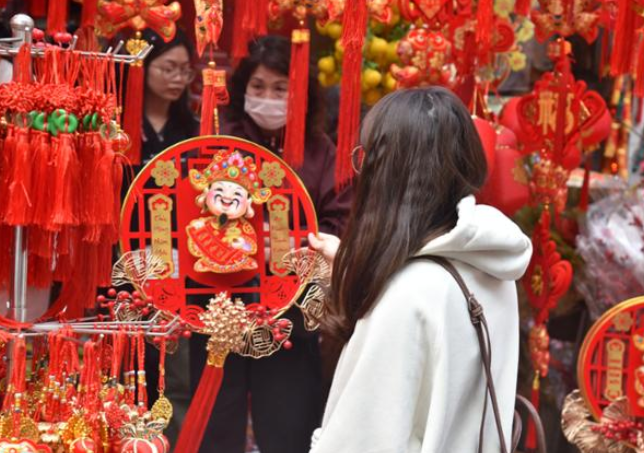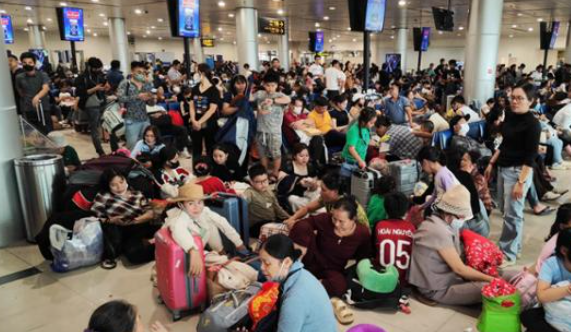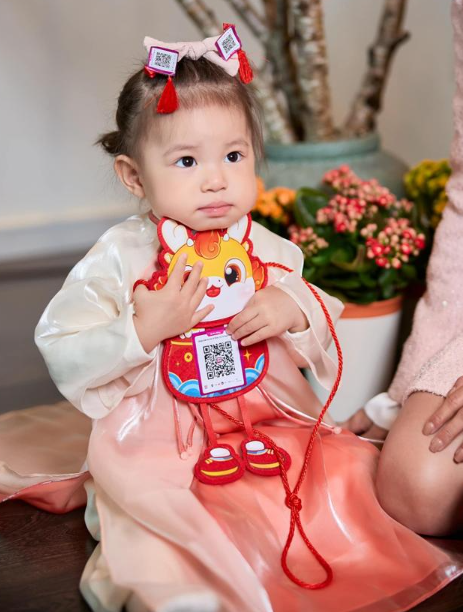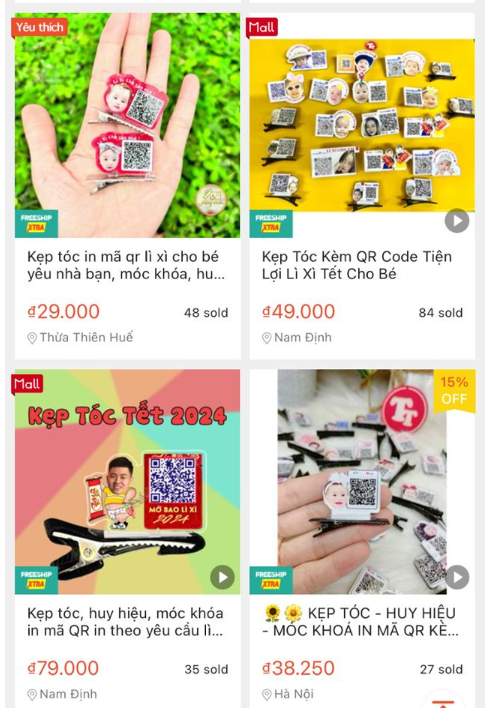
Vietnam is one of the few countries in Southeast Asia that celebrate the Lunar New Year. Some countries with large Chinese populations, such as Singapore and Malaysia, celebrate the Lunar New Year, but it is difficult to find a country that is as “sincere” to spend the holidays as Vietnam.
The scenery of the Lunar New Year in Vietnam is also quite unusual even for people from the same Asian region. Usually, the word “tte” is preceded by the term “biggest holiday.” This means that it is the most important holiday of the year and the longest holiday of the year. This year’s official holiday is nine days (25th of this month to 2nd of next month), but many people take about 15 days off including this. There are many cases where people take a longer break due to personal vacation. As many employees are away from work or are already in a “holiday mode,” production will be put on hold for up to three weeks at small and medium-sized industrial sites.
During this period, all over Vietnam was flooded with red waves. The streets are decorated with red flags along with Vietnamese national flags, and citizens wearing Aozai are pouring out into the streets. Hanoi, Da Nang and Ho Chi Minh City also hold fireworks or drone shows to celebrate the raft. The raft is like a “vietnam-style national holiday.”
However, with the rapid growth of the Vietnamese economy, the customs of the holidays also changed rapidly. Traditional and family atmospheres are becoming increasingly blurred. Until just a few years ago, rafts were common to stay with their families in their hometowns. The traditional Korean New Year’s scenery is not much different from those of Korea, where people perform ancestral rites at the beginning of the holiday, eat food with family members and relatives, and pray for blessings on the day of the holiday. Some people went on a trip in the latter half of the long holiday, but it was mainly recognized as the exclusive property of those who can afford it.
However, more and more people are choosing to recharge rather than spend time with their relatives due to the increase in income, low birth rate, and changes in perception of holidays due to economic growth in the 6-7% range per year.

As more and more people turn their eyes to the outside of the country, overseas travel products by Vietnamese travel agencies closed in an instant. Hanoi Travel told the daily Tsang Eeul, “80% of the total number of reservations are overseas travel, and domestic travel was only 20%. Travel destinations that require visas, such as Korea, Japan and Europe, as well as the Association of Southeast Asian Nations (ASEAN), (non-visa), were already fully booked a month ago.” VN Economy, a Vietnamese economic media, also reported on the 15th that “Bangkok (Thailand), Tokyo (Japan) and Singapore are considered the most popular destinations this year.” “In particular, Tokyo (based on Vietnam Agoda) has increased by 193%, overtaking Bali, Indonesia, as the most visited destination by Vietnamese during this year’s raft,” he said. Just as more and more people are traveling at home and abroad rather than gathering with family members or performing their turn during the Lunar New Year holiday in Korea, Vietnam is also seeing the holiday as a “second vacation.”
As a result of numerous people moving at once in Vietnam, which has a population of 100 million people, the surge in domestic airfare during this period is also considered a factor that Vietnamese people are turning their eyes abroad. “Vietnam Airlines’ Ho Chi Minh-Danang round-trip ticket price is about 5 million dong per person during the period of the year, but about 3.1 million dong for Thailand,” said Jin Min-ha, an office worker living in Ho Chi Minh City. “I decided to go to Thailand because domestic flights are more expensive.”

The development of digital technology is also changing the landscape. A case in point is New Year’s gift money. When they become a raft, Vietnamese people exchange money called Li Xi. In Korea, New Year’s gift money is regarded as a kind of “return” given to the subordinate by the upper person who received the gift, but in Vietnam, the elderly do not necessarily give it to the younger person. Adults mean to “grow up healthy” to their children, and children and grandchildren with incomes hold red envelopes containing cash to their parents or grandparents in their hands to wish them good health and long life. Now, technology is taking the place of paper bags. Vietnam’s largest electronic wallet platform, MoMo and ZaloPay, provide “lucky money sending service” during the raft. It is a kind of online remittance that sends Li to the other person’s electronic wallet in a virtual red envelope even if he or she knows his or her mobile phone number, even if he or she does not know his or her account number. Momo said that more than 10 million people sent Li to their acquaintances using the feature in 2022.

QR accessories are also popular among young mothers in large cities such as Hanoi and Ho Chi Minh City. QR codes that contain account information are engraved on accessories such as hairpins and lucky bag, and worn by children.
If you read the QR code on your phone, you will be sent New Year’s gift money to your child’s or guardian’s electronic wallet. The production price ranges from 30,000 to 50,000 dong each. Local media reported that the production speed is not keeping up with demand as orders are flooding ahead of the launch. “In Vietnam, QR codes are increasingly used to celebrate the New Year,” Laodong, the official newspaper of the Communist Party of Vietnam, said. “Workers do not have to prepare cash and can prevent unnecessary waste (throwaway money bags).”
It is also notable that cleaning services through apps are booming during this period. In Vietnam, there is a myth that good luck comes only when a new year is celebrated in a clean and tidy house. For this reason, people usually clean up just before the Lunar New Year’s Day, but busy office workers tend to borrow other people’s hands rather than tidy up their own homes, and local companies explain that demand is soaring ahead of the raft as household service apps such as GrabClean and bTaskee are activated.
EJ SONG
US ASIA JOURNAL



